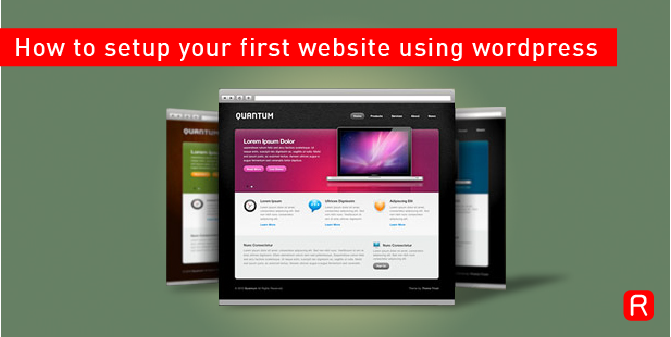WordPress plugins can add awesome functionality to your blog without writing a single line of ‘code’. In this tutorial, we discuss which plugins we find useful and which ones we think can add value to your website.
To find and install any of these plugins, login to your wordpress admin panel and go to ‘Plugins’ and ‘Add New’, type in the plugin name below and click ‘Install’ – you may need to configure the plugin thereafter, most of the time this is done in the admin panel.
Gravatars
Gravatars are a great way to bring interactivity to the comments section of your posts. The Gravatars plugin gives your comments personalisation. The Gravatar service is one that users upload a photo once and it will be retrieved if they comment on your site or other sites and the photo will be displayed. Many of your visitors may already have a Gravatar. It’s a simple easy way to identify users and a great way for you to have a profile picture that interacts with your users when you comment.
Google XML Sitemaps
Sitemaps assist search engines by making content easier to find, by generating an XML sitemap that all major search engines can view. Sitemaps give your site additional visibility that other competing websites probably won’t have. Every time you create a new post or page, the sitemap is generated and Google is notified of your new page. This is definitely a must have.
Google Analytics
Google Analytics is the de facto standard now for evaluating your website’s traffic. This essential tool shows you all sorts of data. Learning to interpret it can take your website from good to great. Installing this plugin means you don’t have to go and fiddle the code manually to add Google Analytics tracking code into your theme.
Google Analytics Dashboard
This nifty dashboard plugin shows you your visitor statistics on your WordPress admin dashboard. This gives you a quick overview to how many visitors you are receiving and other interesting stats without having to login to Google Analytics.
WordPress Caching with Hypercache
Caching can give your users a much faster webpage load time. It allows the server that your WordPress site is installed on to do less work. We have typically seen on busy WordPress sites of drops of up to 80% CPU utilisation on busy servers because caching was not installed, this can make a massive difference to your end users as the page will load significantly faster and their experience will be significantly improved.
Don’t use WP-Cache, but rather WP-Super-Cache or Hyper cache, both are excellent. Hyper cache is easier to install and disrupts existing WordPress sites less.
Akismet Antispam
This antispam plugin works wonders for spammers trying to post rubbish in your comments section. You will need to get a WordPress API key – very simple, its free and all you need to do is insert it into the settings of the Akismet plugin in WordPress. Don’t worry, you can do all this via the WordPress Admin panel.
WordPress Database Backup
A simple plugin that backs up your valuable website. Once installed, you can backup your websites database and download it via FTP from an RSAWEB Web Hosting or get it emailed to an address (not always guaranteed to work due to the large potential size) actually a backup happens whenever you do anything major. It’s always better to be safe.
All in One SEO Pack
This enables your website to have proper ‘Title’ tags – this makes Google like your site more, its more descriptive (see the blue bar at the top of the window? That’s the ‘title bar’) and its essential to have good Search Engine Optimisation.
Subscribe to comments
Also a definite for websites/blogs that want to allow comments on articles. This allows a user to leave a comment and get notified of a reply. Eliminating the need for them to return to check the page to see if someone has replied. A definite must.
Conclusion
We regularly use these plugins and there are many different variants of some of these plugins. They will greatly improve your ability to manage your WordPress site and make it more appealing to the end user. All the plugins above can be installed directly from the WordPress Admin interface by going to ‘Plugins’ and ‘Add New’ and then searching for the name as they appear above.
How is your wordpress experience going? Post a comment about it and tell us which plugins you like. What other plugins do you want to see mentioned in this list?
For WordPress Web Hosting check us out.
Read More

